Analysis of Leadership and Management Roles and Characteristics Report
VerifiedAdded on 2023/01/11
|12
|728
|52
Report
AI Summary
This report delves into the critical differences between leadership and management within an organizational context. It begins by comparing the roles and characteristics of leaders and managers, highlighting their distinct responsibilities and skill sets. The report emphasizes the importance of managers in administering tasks and utilizing resources effectively, while leaders provide guidance and foster employee development. It analyzes the specific roles of leaders and managers, including planning, organizing, staffing, and directing, alongside essential leadership qualities like problem-solving and communication. Furthermore, the report contrasts the transactional leadership style of managers with the transformational approach adopted by leaders, underscoring the impact of these styles on productivity and organizational change. Finally, it concludes that both leadership and management are crucial for organizational success, with leaders inspiring followers and managers ensuring the efficient execution of tasks. The report utilizes examples from a business context to illustrate these concepts, supported by cited references.
1 out of 12
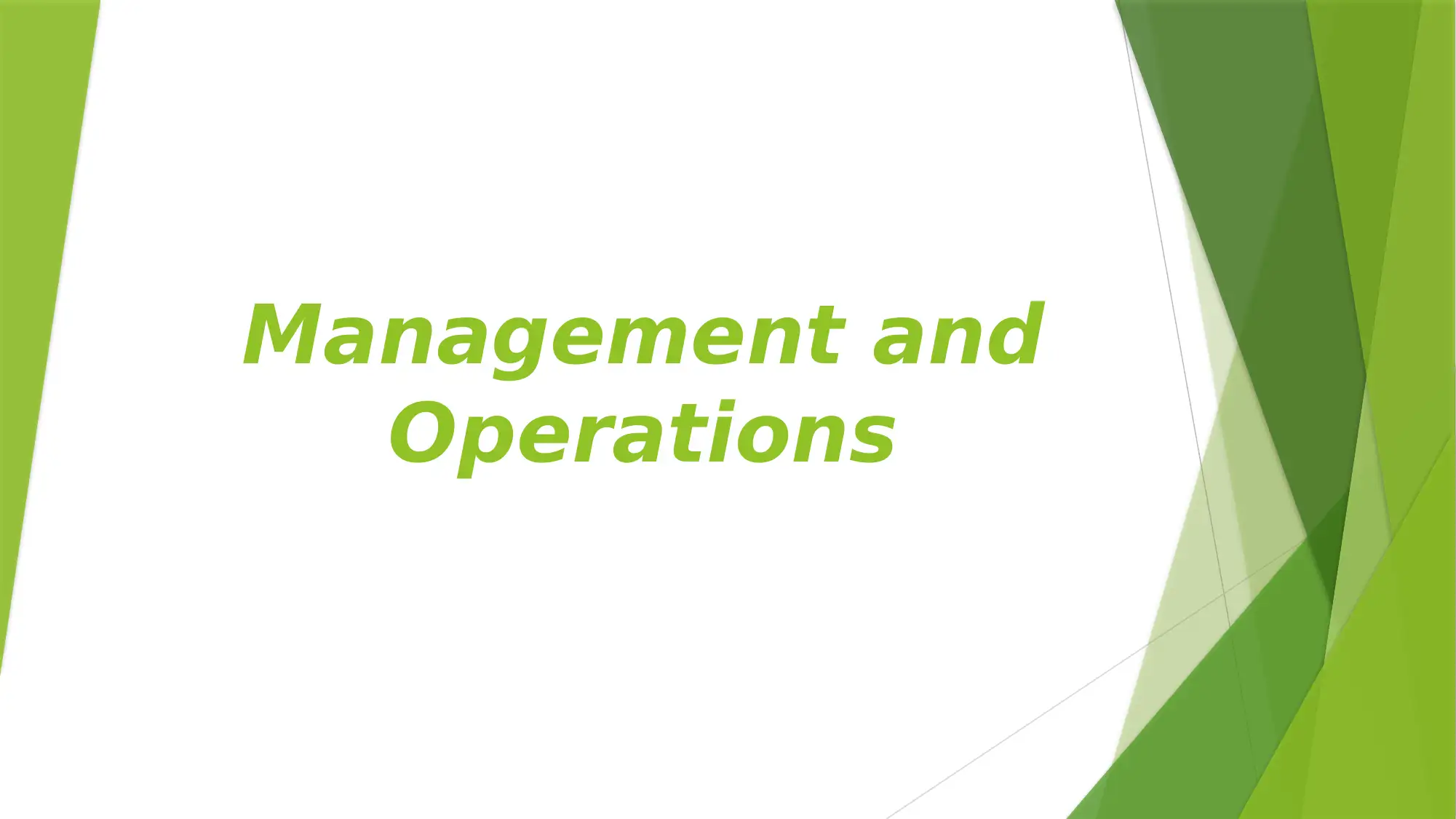
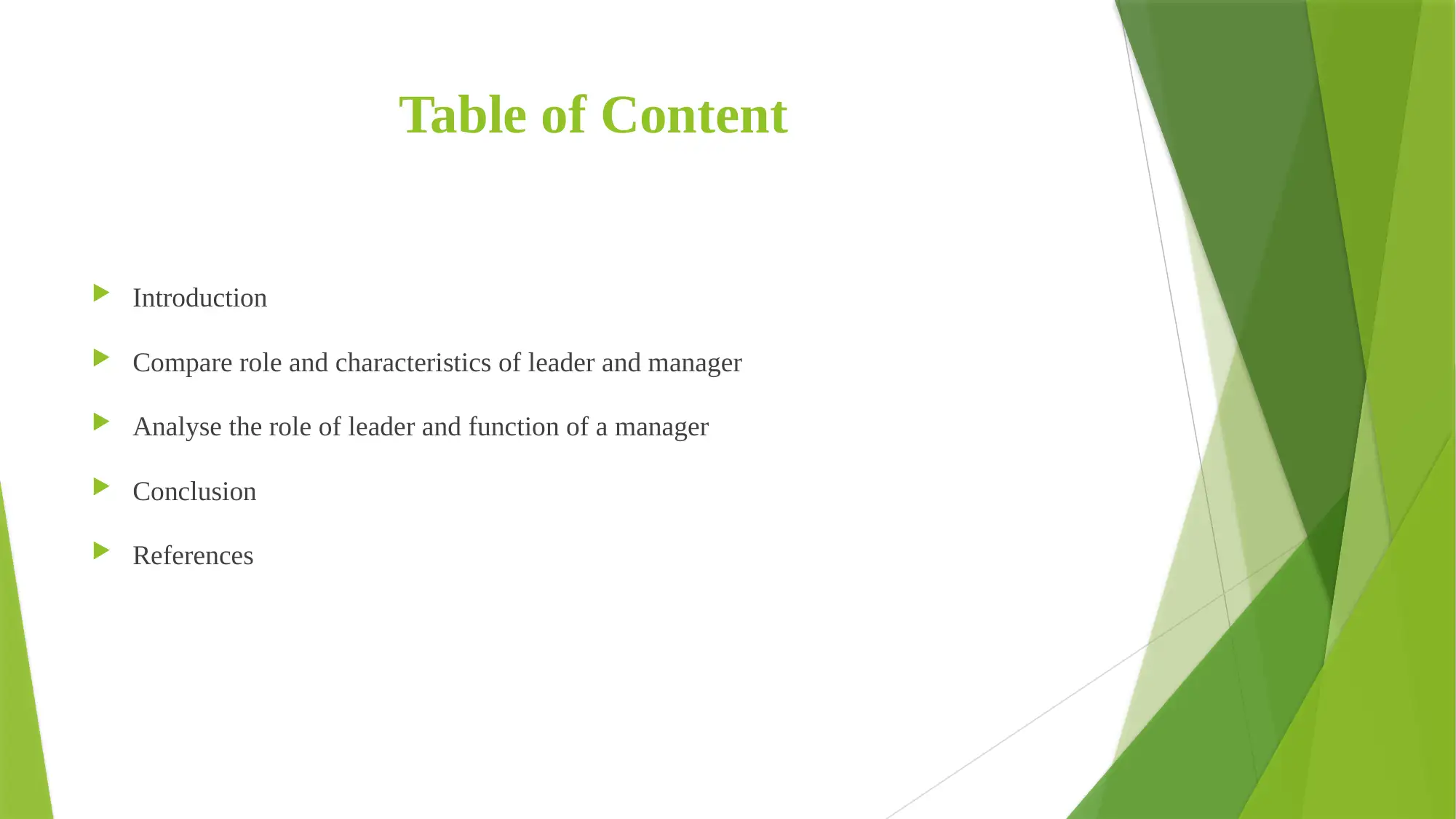
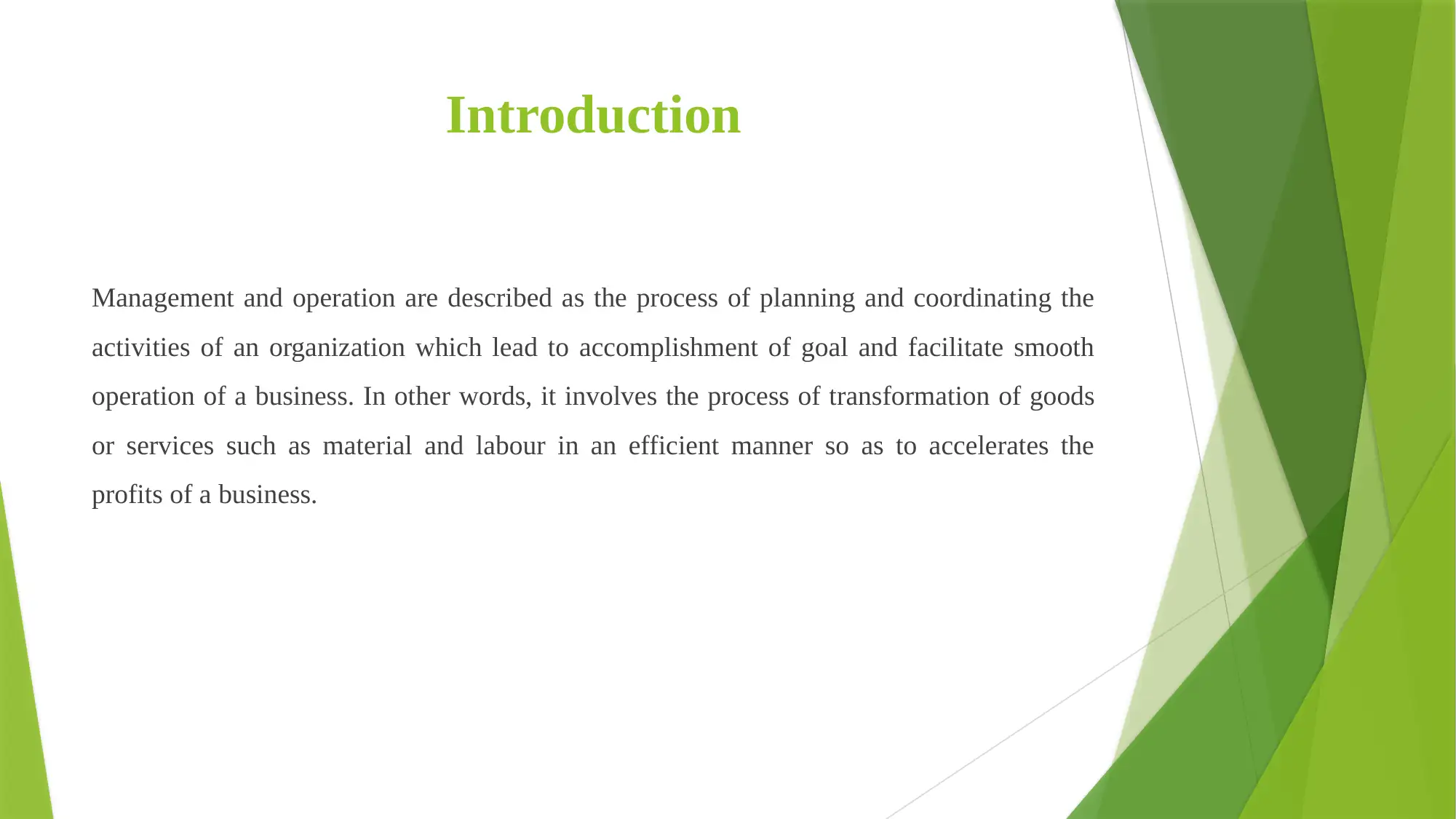

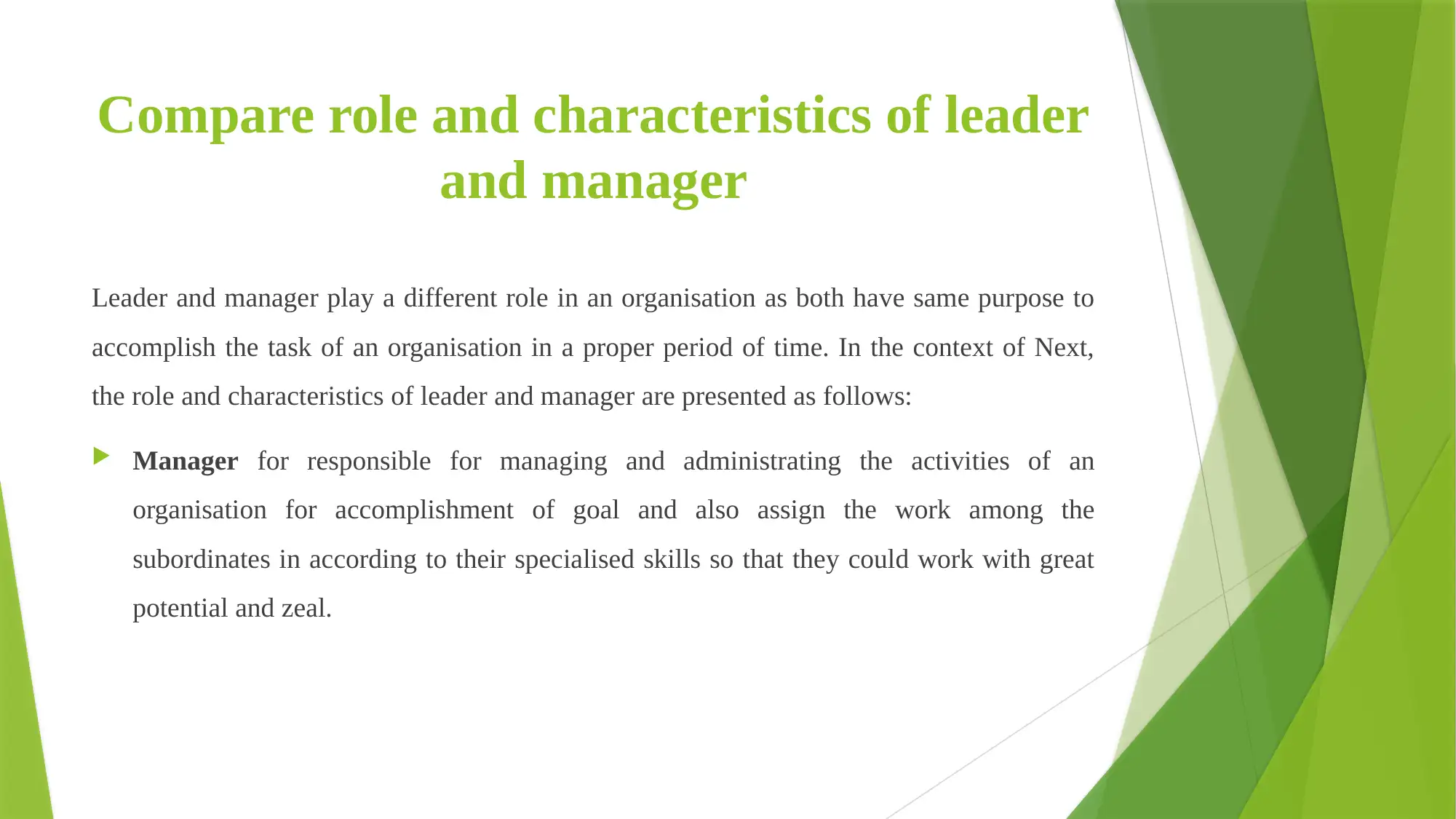
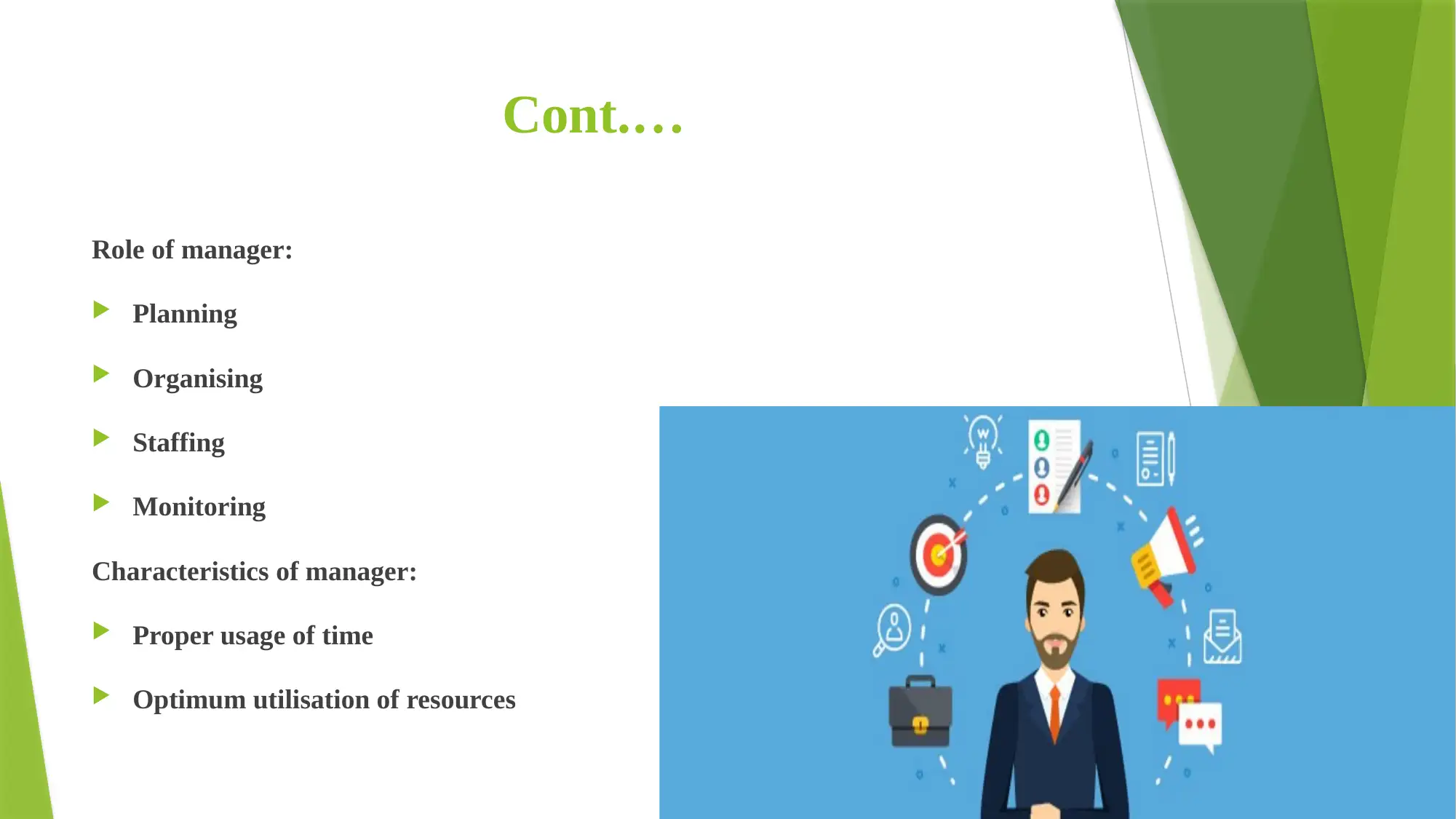
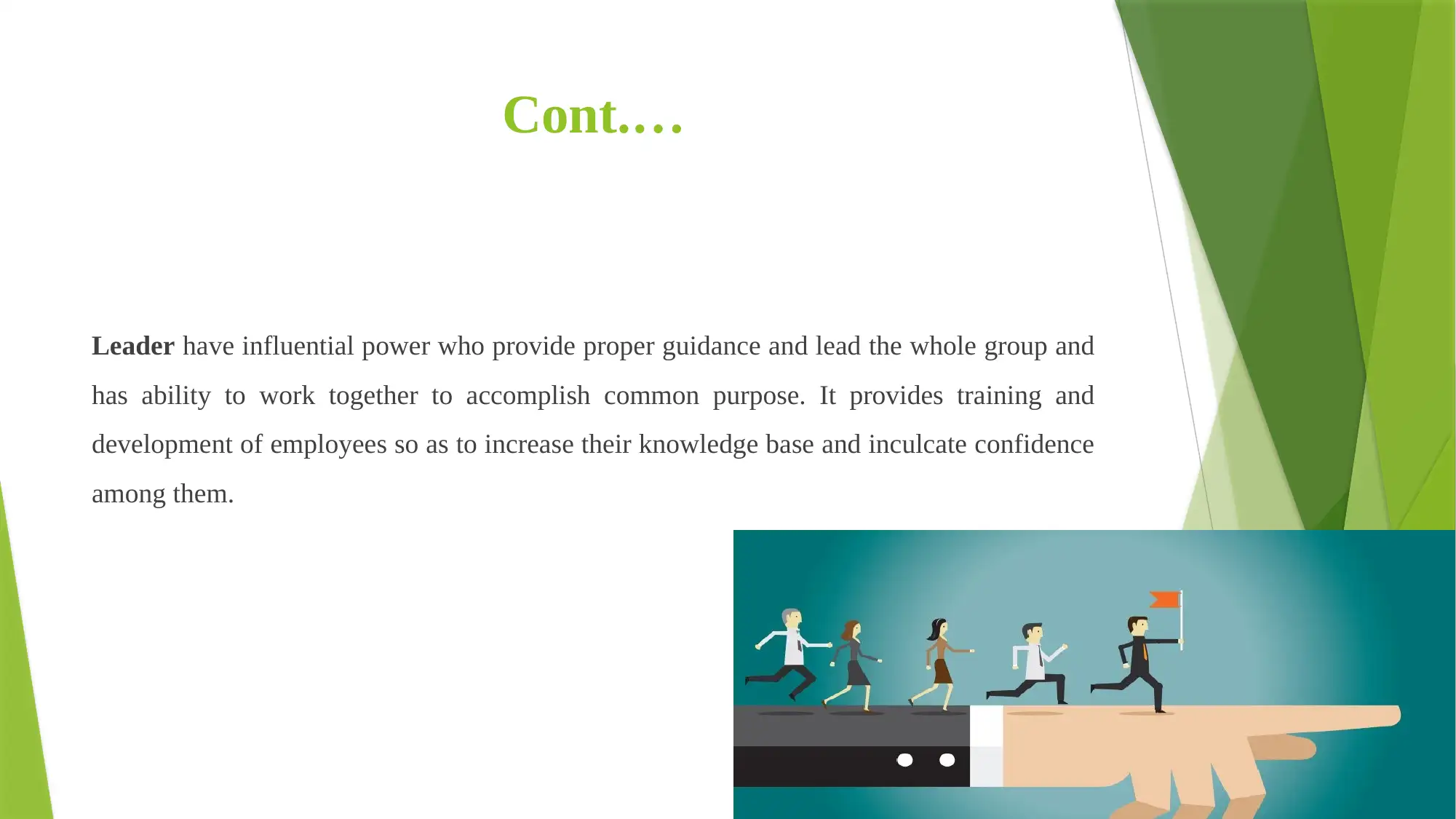
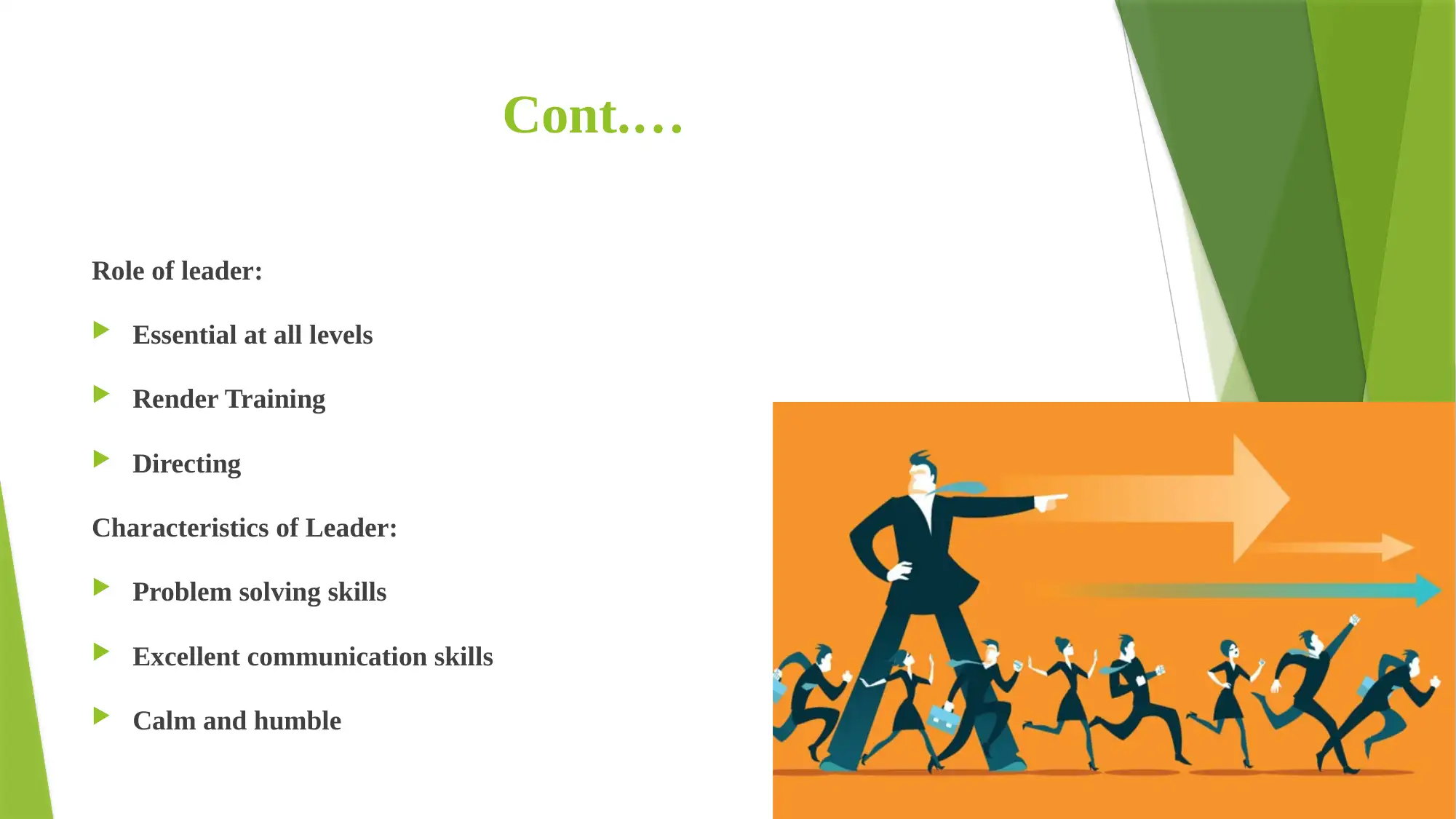
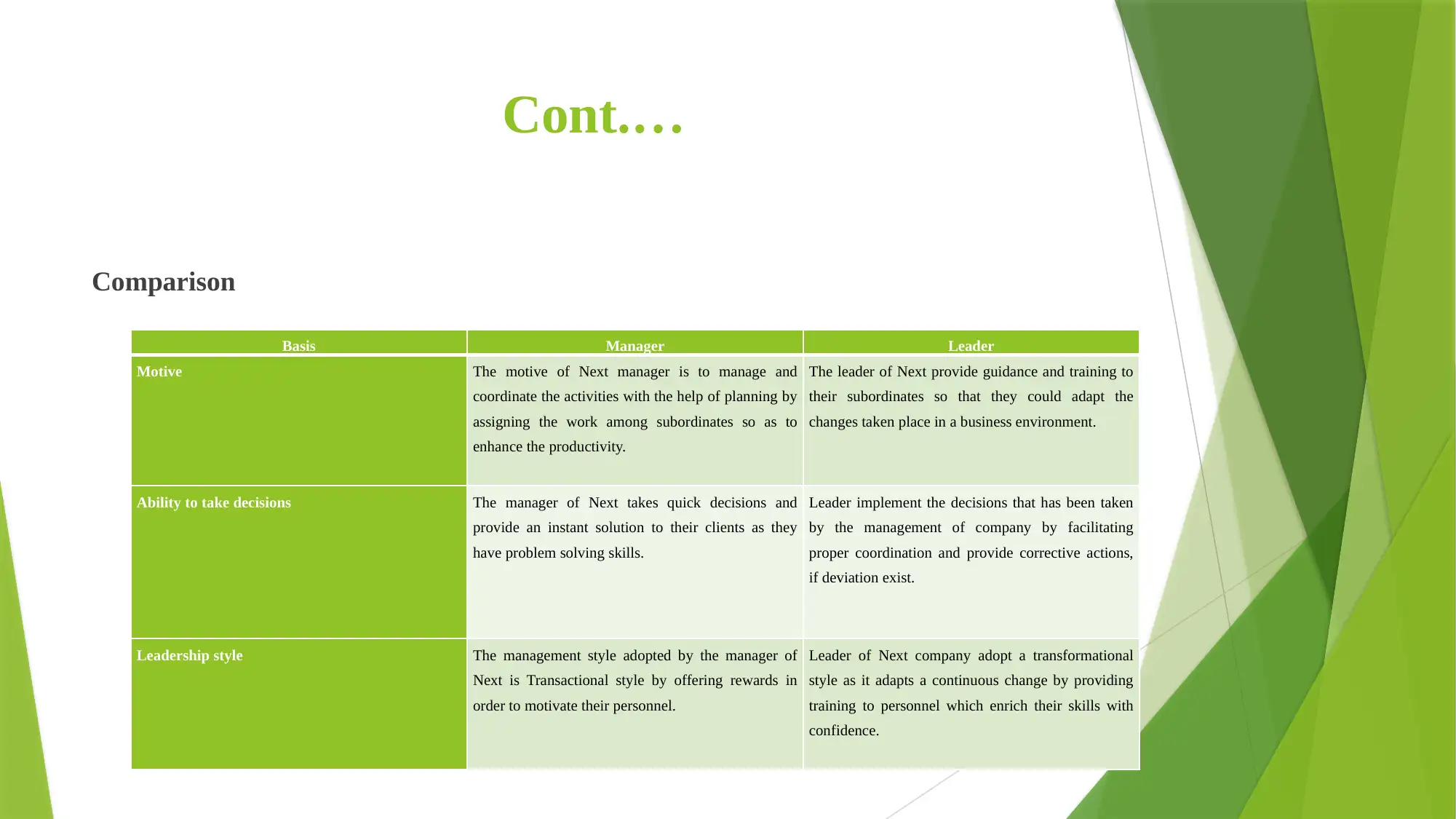
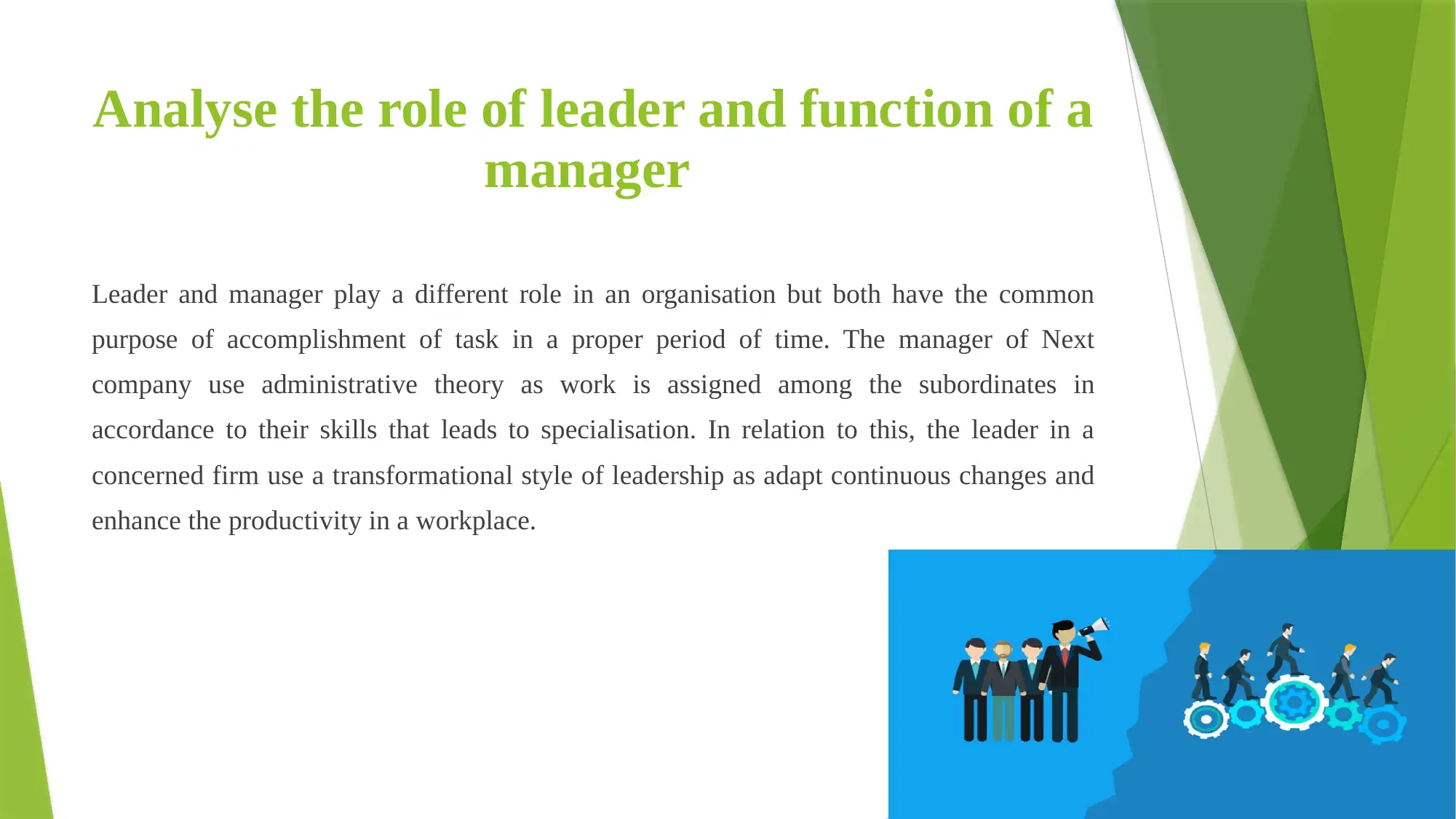
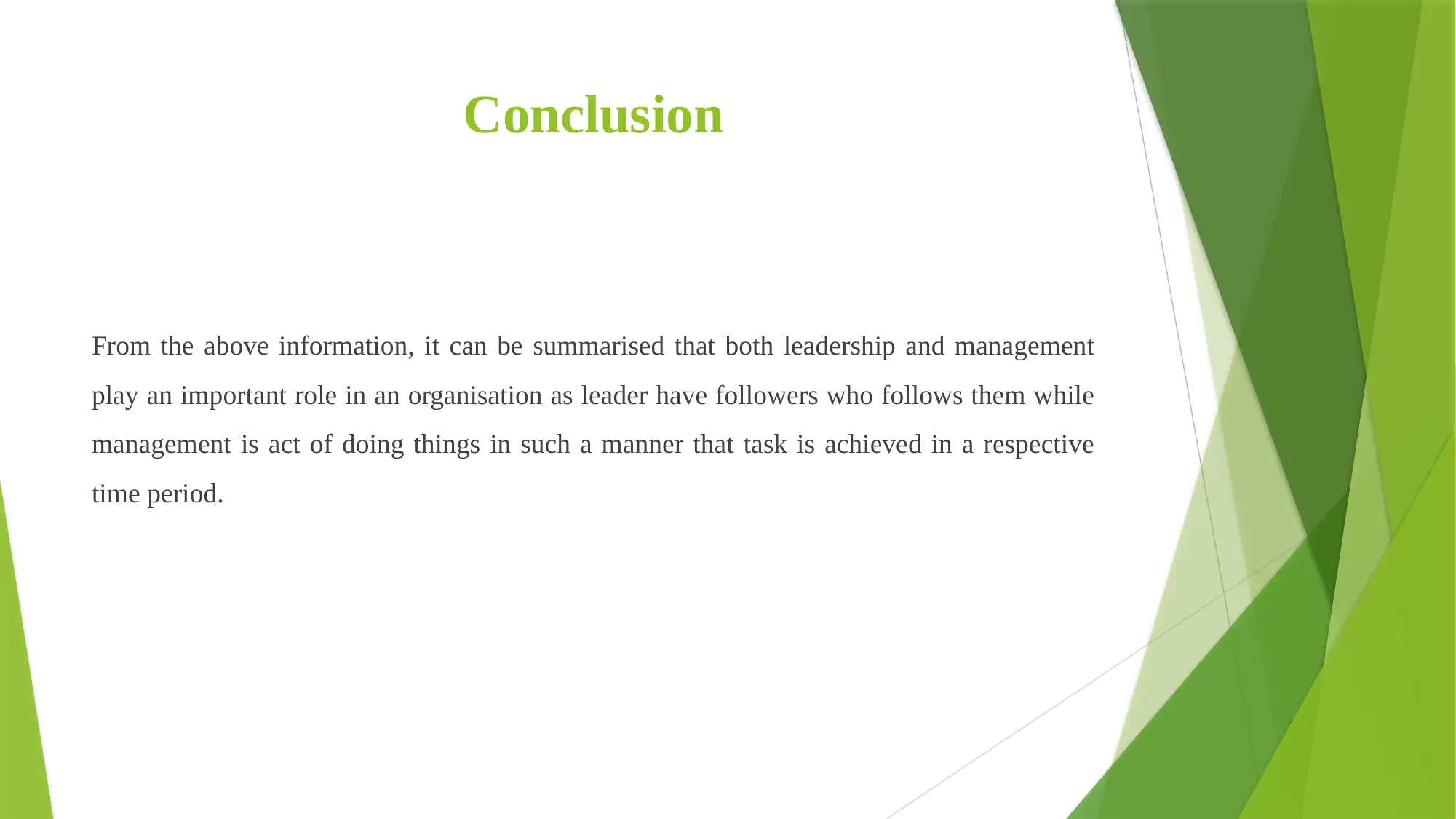
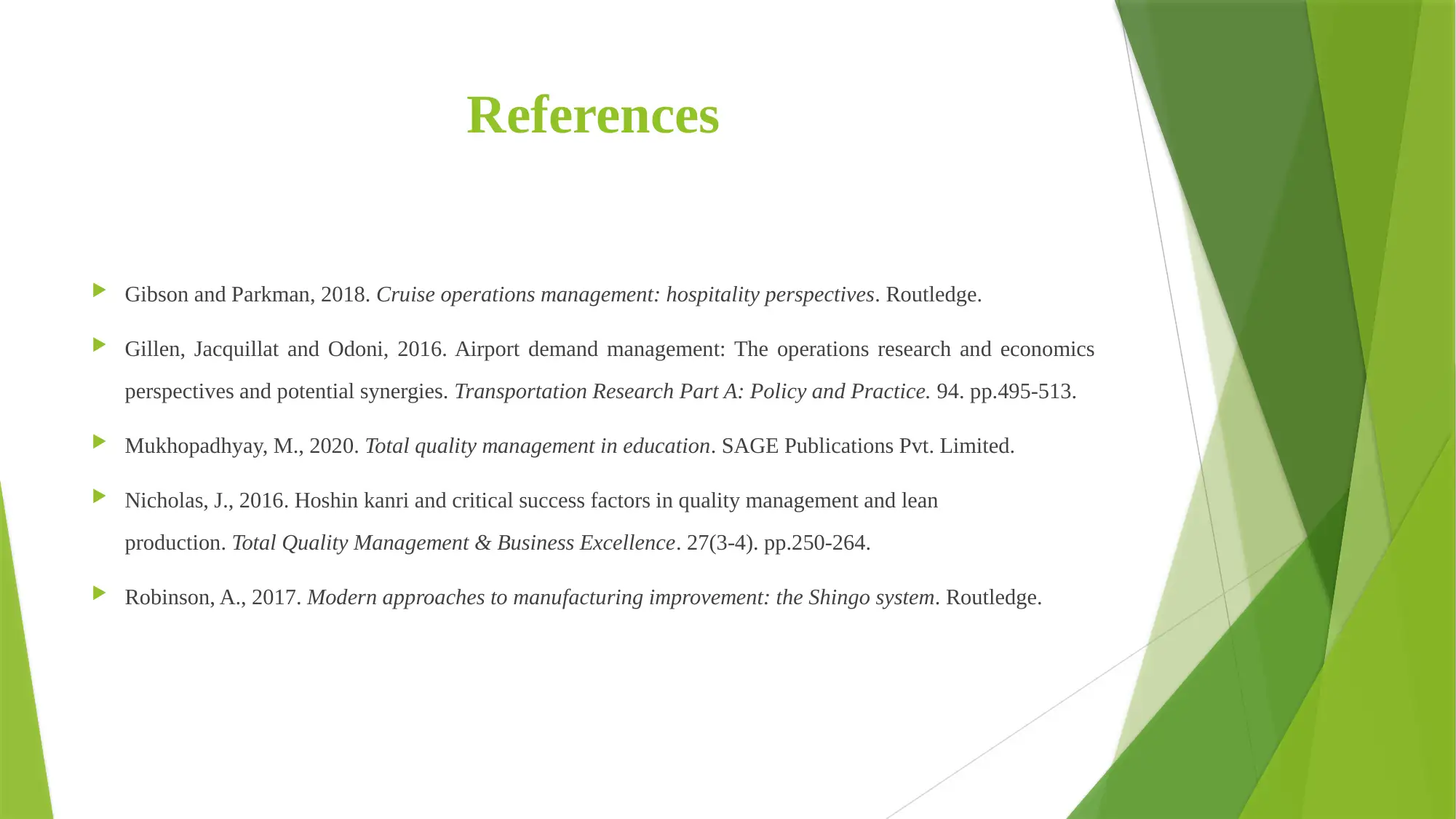







![[object Object]](/_next/static/media/star-bottom.7253800d.svg)